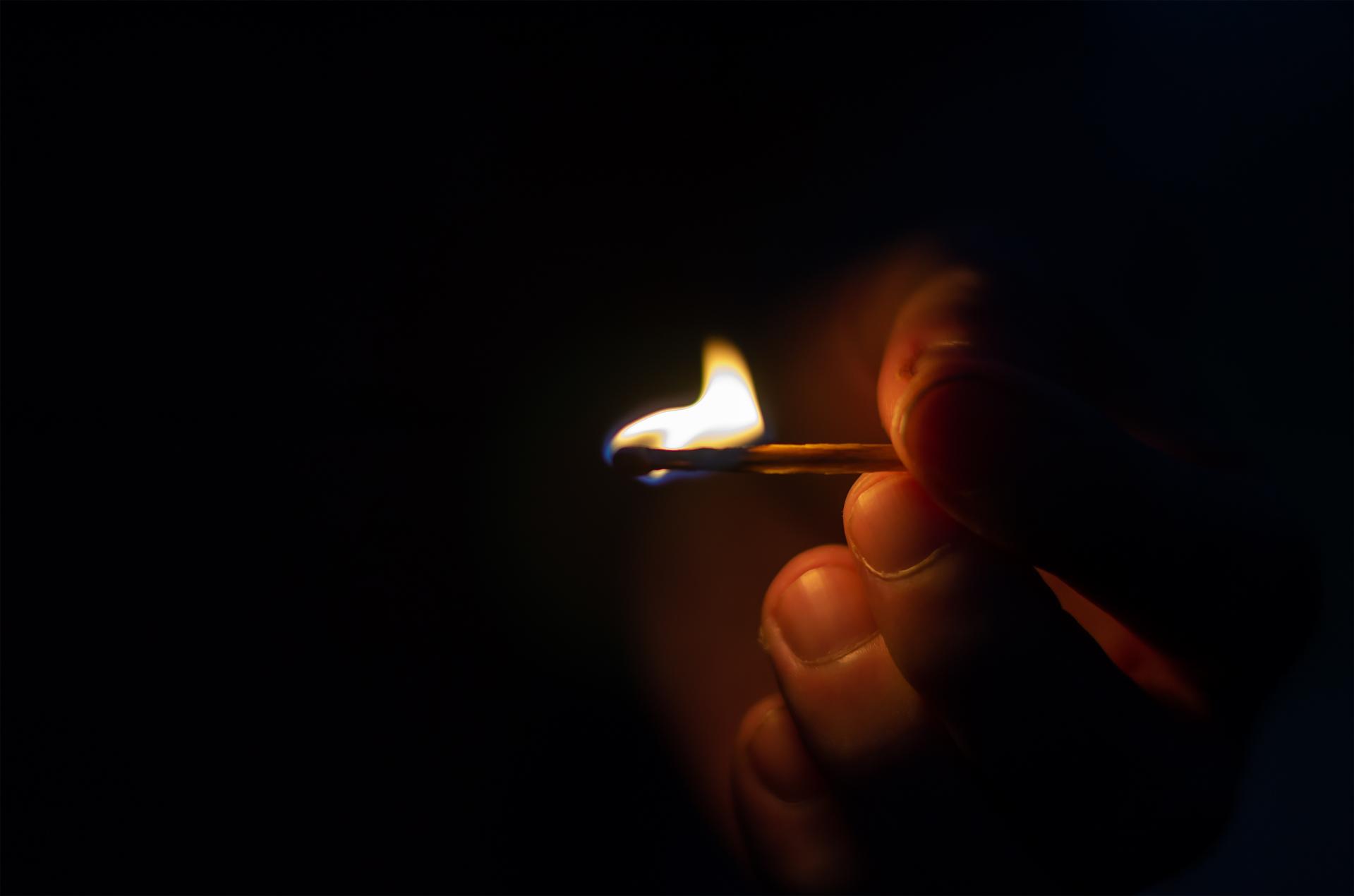Following the catastrophic blackouts in Portugal, Spain and the UK in the first half of 2025, which remain unexplained, and with no end in sight for the global energy crisis, it’s increasingly likely that we could face further disruptions to power supply. Media attention naturally falls on transport, infrastructure, and manufacturing. But without planning, such blackouts could also have a detrimental impact on the precious objects and works of art that are displayed and stored in museums and galleries across the world.
The fine art & specie market is not immune to this. The possibility of power cuts lasting several hours or even several days raises several key risks, including the safe storage of delicate and vulnerable works of art that are on display or stored. We are working with museums and galleries to help them identify where their vulnerabilities are, and to ensure that they have robust plans in place for the risk mitigation measures they need to take to minimise the risk of damage to the precious works of art in the event of a blackout.
The major museums and art storage facilities across Europe have a large number of works of art and objects on display at any one time. In addition, there are also items that are in transit, or on loan and an even larger number of items stored in climate-controlled conditions either on or offsite. This is not unique to large international collections, it also applies to smaller, independent galleries and private collectors as well.
The sophisticated systems that are used in these buildings are heavily reliant on technology. This can be anything from the systems which controls the humidity levels, temperature and air circulation, to the systems that are used to retrieve objects from large storage vaults to the fire alarms and security systems. The one thing these storage facilities all have in common is the need for a constant energy supply, and this is where a blackout could pose a problem. It would be impossible to maintain the required constant, relative humidity and temperature levels without back-up power during a blackout. It is a specific risk in an art storage facility, as it is not possible to simply open a window if the temperature starts to rise, the majority are sealed units with no windows.
Getting the levels right
Museums around the world adhere to the best practice guidelines for storage and conservation from The International Council of Museums. The guidelines recommend the best levels of light, relative humidity and the temperature range to protect the priceless items in storage.
While we are talking of blackouts lasting a few hours, the storage risks are negligible; but blackouts that last days will cause moderate to severe issues, with the limited but real possibility of irreparable damage happening to some of the most delicate and valuable items stored.
Identify, secure, mitigate
An inventory of high-risk items must be kept up to date, including the most delicate items that require a constant temperature or level of humidity and conservators who can respond quickly in a blackout crisis are needed along with detailed, hard copy plans that can be accessed in an emergency. Keeping up-to-date records, including photographs and condition reports, will help to ensure that the condition of the item is always accurate and that the information is easily accessible.
There are some items that we know are very fragile and difficult to move from the place they are on display or in storage. These items are deemed unsuitable for transport. This is the case for very old paintings where the layers of pigments are losing their adhesion to the canvas and the risk of the loss of pigments on the painting as consequence of transit is significant.
The most obvious requirement during a blackout is a back-up generator or access to an alternative temporary power source, which must be regularly tested, that has fuel and that reserve fuel is also available. If they need to be used the climate control systems and security should be the top priorities.
There are a host of other risks to think about to adequately prepare for a blackout, from reliance on electronic security systems: alarms, cameras, heat sensors, laser protection, to increasing alternative security measures and at a more basic level how will you communicate with employees and contractors, if a power outage affects the telecoms networks and the Wi-Fi goes down. It’s also important to have an evacuation plan in place to safely escort visitors from the premises in order to secure the building.
Preparation is key
If museums and galleries don’t already have thoroughly tested emergency risk mitigation plans in place and are prepared for blackouts now is the time to start planning.
The ultimate objective must be the preservation of our cultural heritage for future generations to enjoy. It’s often been said that preparation is the key to success. In the case of potential blackouts I would say that preparation is vital.

